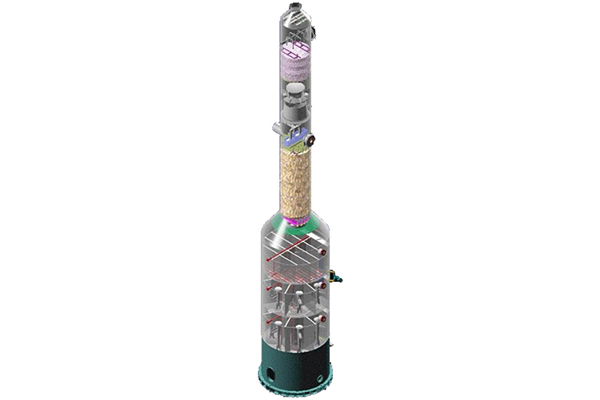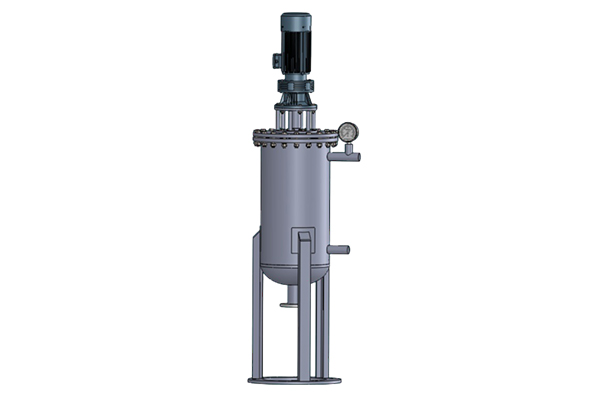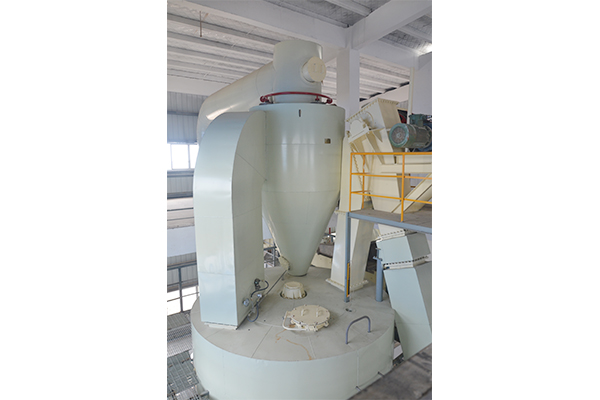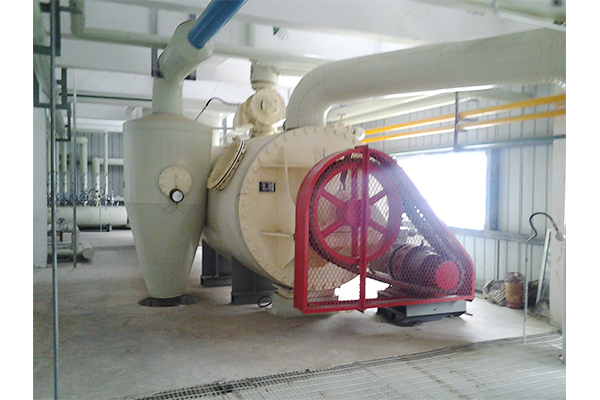How can we thoroughly remove residual sludge and volatile hydrocarbons during oil tank pretreatment to ensure safe operations?
Release Time : 2025-08-18
After extended use, oil tanks inevitably accumulate sludge, coke, and adsorb large amounts of volatile hydrocarbon gases on their inner walls. These residues are not only a potential source of contamination but also a major safety hazard. Before repair, inspection, modification, or re-commissioning, thorough removal of these substances is a core task in pretreatment, directly impacting the safety of subsequent workers, the lifespan of the equipment, and environmental compliance.
The first step in removing these residues is draining and isolating. The oil tank must completely shut off oil flow, disconnect all connections to external systems, including pipes, valves, and electrical lines, and install physical blinds to ensure complete system isolation. This is essential to prevent the accidental ingress of external energy or materials into the operating area. Subsequently, the remaining free oil is drained as much as possible through the bottom drain. However, this only removes the free liquid; the sludge adhering to the tank bottom and sides still requires further treatment.
The next critical step is cleaning. High-pressure water jetting is widely used for sludge removal. Using extremely high-pressure water jets to impact the tank walls effectively removes stubborn deposits while avoiding sparks and minimizing the risk of explosion. The water jet pressure and angle must be adjusted according to the tank material and the thickness of the deposits to ensure effective cleaning without damaging the metal substrate. For more complex organic deposits, specialized cleaning agents are sometimes used in combination. These agents emulsify or dissolve the sludge, making it easier to flush out.
After physical cleaning is complete, adequate ventilation and gas replacement are essential. Because sludge continuously releases volatile hydrocarbons, the atmosphere inside the tank can easily form a flammable mixture that can explode when exposed to open flames or static electricity. Therefore, forced ventilation is essential. A high-flow explosion-proof fan continuously introduces fresh air into the tank to gradually dilute and expel harmful gases. A safer approach is to use inert gas replacement, such as nitrogen injection, to reduce the oxygen concentration to a level that cannot support combustion, creating an inert environment and ensuring safety for subsequent operations.
Gas testing is a crucial step in confirming cleaning effectiveness and operational safety. Before personnel enter or perform hot work, a comprehensive analysis of the atmosphere within the tank must be conducted using a multi-gas detector, focusing on monitoring combustible gas concentrations, oxygen levels, and the presence of toxic gases such as hydrogen sulfide. Testing must be conducted at different heights and locations, as different gases have varying densities and uneven distribution. Entry is permitted only after all indicators meet standards for multiple consecutive times and the environment has stabilized.
Additionally, the treatment of oily sludge and cleaning wastewater is crucial. Removed oily sludge is considered hazardous waste and must be collected and disposed of by a qualified facility to prevent secondary contamination. Oily wastewater generated during the cleaning process must also undergo oil-water separation and be treated to meet standards before discharge to avoid damage to soil and water.
The entire pretreatment process also requires a strict work permit system and personnel protection measures. Personnel entering confined spaces must wear respirators, protective clothing, and safety harnesses and be supervised by a designated person. All tools and equipment must be explosion-proof and free of ignition sources.
Ultimately, completely removing residual sludge and volatile hydrocarbons is not just a technical operation but a systematic safety engineering process. It requires scientific methods, rigorous processes, and a high sense of responsibility. Only after this foundational work is in place can subsequent maintenance, inspection, or modification of the oil tank be carried out in a safe and controlled environment, truly ensuring sustainable equipment operation and risk-free operations for personnel.
The first step in removing these residues is draining and isolating. The oil tank must completely shut off oil flow, disconnect all connections to external systems, including pipes, valves, and electrical lines, and install physical blinds to ensure complete system isolation. This is essential to prevent the accidental ingress of external energy or materials into the operating area. Subsequently, the remaining free oil is drained as much as possible through the bottom drain. However, this only removes the free liquid; the sludge adhering to the tank bottom and sides still requires further treatment.
The next critical step is cleaning. High-pressure water jetting is widely used for sludge removal. Using extremely high-pressure water jets to impact the tank walls effectively removes stubborn deposits while avoiding sparks and minimizing the risk of explosion. The water jet pressure and angle must be adjusted according to the tank material and the thickness of the deposits to ensure effective cleaning without damaging the metal substrate. For more complex organic deposits, specialized cleaning agents are sometimes used in combination. These agents emulsify or dissolve the sludge, making it easier to flush out.
After physical cleaning is complete, adequate ventilation and gas replacement are essential. Because sludge continuously releases volatile hydrocarbons, the atmosphere inside the tank can easily form a flammable mixture that can explode when exposed to open flames or static electricity. Therefore, forced ventilation is essential. A high-flow explosion-proof fan continuously introduces fresh air into the tank to gradually dilute and expel harmful gases. A safer approach is to use inert gas replacement, such as nitrogen injection, to reduce the oxygen concentration to a level that cannot support combustion, creating an inert environment and ensuring safety for subsequent operations.
Gas testing is a crucial step in confirming cleaning effectiveness and operational safety. Before personnel enter or perform hot work, a comprehensive analysis of the atmosphere within the tank must be conducted using a multi-gas detector, focusing on monitoring combustible gas concentrations, oxygen levels, and the presence of toxic gases such as hydrogen sulfide. Testing must be conducted at different heights and locations, as different gases have varying densities and uneven distribution. Entry is permitted only after all indicators meet standards for multiple consecutive times and the environment has stabilized.
Additionally, the treatment of oily sludge and cleaning wastewater is crucial. Removed oily sludge is considered hazardous waste and must be collected and disposed of by a qualified facility to prevent secondary contamination. Oily wastewater generated during the cleaning process must also undergo oil-water separation and be treated to meet standards before discharge to avoid damage to soil and water.
The entire pretreatment process also requires a strict work permit system and personnel protection measures. Personnel entering confined spaces must wear respirators, protective clothing, and safety harnesses and be supervised by a designated person. All tools and equipment must be explosion-proof and free of ignition sources.
Ultimately, completely removing residual sludge and volatile hydrocarbons is not just a technical operation but a systematic safety engineering process. It requires scientific methods, rigorous processes, and a high sense of responsibility. Only after this foundational work is in place can subsequent maintenance, inspection, or modification of the oil tank be carried out in a safe and controlled environment, truly ensuring sustainable equipment operation and risk-free operations for personnel.








